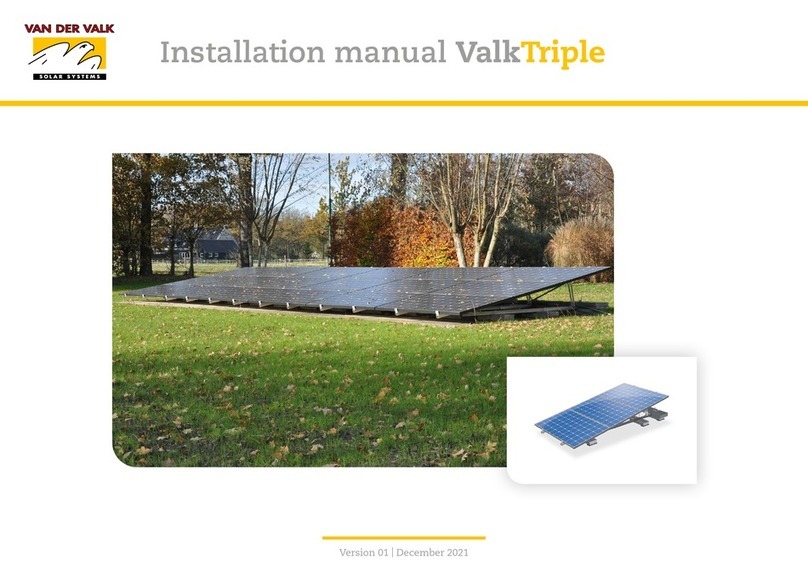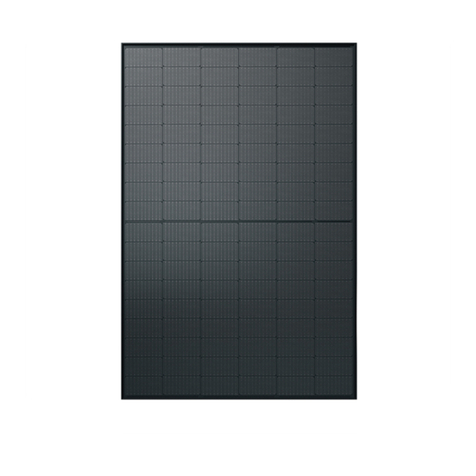4/12 AXITEC INSTALLATION –USA 170727
1 WARNING AND CAUTION
1.1 WARNING
All instructions must be read and understood before attempting to install, wire, operate, and/or maintain the
photovoltaic module. When PV modules are exposed to sunlight or other light sources, they generate DC
electrical energy. Contact with electrically active parts of the module such as terminals can result in burns,
sparks, and lethal shock whether the module is connected or disconnected. The shock hazard increases as
modules are connected in parallel, producing higher current, and as modules are connected in series,
producing higher voltage. The installer assumes the risk of all personal injury or property damage that might
occur during installation and handling of modules.
1.2 AVOID INJURY AND DAMAGES
Cover the entire front and back surface of the PV modules with a dense, opaque material such as a
cardboard box.
Do not step or stand on a module.
Work only in dry conditions, with dry modules and tools.
Do not break the glass surfaces of modules.
Do not drop a module.
Do not allow children and unauthorized persons near the installation site or storage area of
modules.
All modules have been complete grounding to earth with electrical insulation.
Do not open the cover of the junction box.
Do not disassemble the module, or remove any part installed by the manufacturer.
Wear suitable protection (gloves, clothes, etc.) to prevent direct contact with 30V DC or greater.
Do not carry a module by its wires or junction box.
Carry a module by its frame with two or more people.
Wear non-slip gloves.
Do not drop or place heavy items on the surfaces of a module such as tools or other module.
Check that all other system components (inverters, wires, racks, balance of system materials, etc.)
are mechanically and electrically compatible before installation.
Do not install the module where flammable gases or vapors are present.
Never leave a module unsupported or unsecured.
Do not use or install the broken or damaged modules.
Do not artificially concentrate sunlight on a module.
Do not touch the junction box terminals.
Do not change the wiring of bypass diodes.




























